The cars of Kleo, a colorful communist spy thriller
Communist Germany wasn’t exactly a haven for automotive excellence, but it does make a great backdrop for a spy thriller show. From crusty American metal to a smoky Wartburg, Netflix’s Kleo is a colorful assembly of personalities that comes through in the car casting.
As a Stasi assassin on the East German Minister’s task force, Kleo Straub is responsible for neutralizing enemies of the state on the other side of the Berlin Wall. The first episode of Kleo documents her last official assignment, at a nightclub called Big Eden. Kleo is good at what she does, so the mission goes smoothly. But then she’s disavowed—falsely accused of treason and thrown in prison with tragic consequences. A few years later, when all political prisoners are released after the Wall falls, Kleo sets out to discover who exactly she killed that night at Big Eden, who betrayed her, and who’s been pulling the strings all along.
Even after the Wall is gone, Kleo (played by Jella Haase) can’t let go of her allegiance to the East, even though it’s ruined her life. The tension between East and West remains. It follows, then, that one of Kleo’s primary antagonists is Sven Petzold (Dimitrij Schaad), a West Berlin cop. Sven works for the fraud squad but longs to be a real detective. And he just so happens to be at Big Eden that fateful night; the striking Kleo caught his eye, and he ultimately found the target’s body she left behind.
Sven’s colleagues, homicide detectives who demean him and laugh at his crude sketch of the suspect, chalk the case up to an overdose and close it up. Despite similar mockery from his boss, Sven is undeterred and begins to investigate on his own. He is endearingly dim but genuinely tenacious, so when Kleo is released and the pair’s game of cat and mouse commences, it feels more like the Road Runner and Wile E. Coyote than, say, Neil Macauley and Vincent Hanna, with Kleo outsmarting him at every turn.
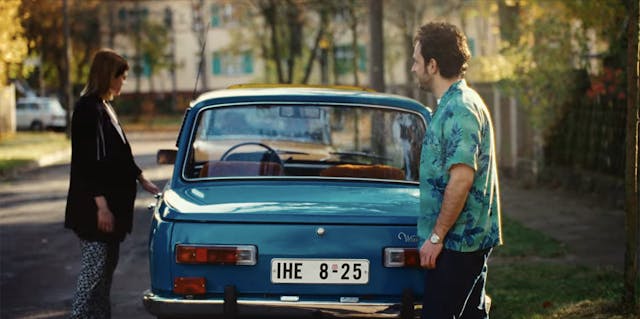

Sven not-so-subtly models himself after Miami Vice’s Crocket and Tubbs, as evidenced by his penchant for wearing unbuttoned Hawaiian shirts and blazers with tees. (Sometimes a little ‘80s-esque musical cue with sax and bass even plays when he appears.) Sven’s ride is perfect for a Western capitalist who loves fictional ’80s cops: a ’65 Ford Mustang, that iconic American classic that oozes cool. (Because of an existing naming copyright, the first-gen Ford Mustang was actually sold as the T5 in Germany.)
For Sven, the Ford probably makes him feel like Steve McQueen driving his Highland green ’68 Mustang in Bullitt. Maybe it also reminds him of the Mustangs featured in Sean Connery’s Bond movies, like the red ’71 Ford Mustang Mach 1 in Diamonds are Forever, the turquoise ’65 Ford Mustang convertible in Thunderball, or the white ’65 in Goldfinger. It’s a testament to the power of this particular car that you can fit the description “that knob from the West” and still feel look cool once you’re in the driver’s seat.
According to the badge, Sven’s car isn’t a T5. That means it’s either been emblem-swapped (not out of the question for a wannabe detective) or it’s the real deal. Either way, the Ford isn’t exactly a looker. The brighter, tropical teal paint skews more Miami Vice than Bullitt, and the faded finish and naked steelies suggest it’s seen better days. Sven’s commitment to American classic cars is such that he even rents a Ford Fiesta Mk1, in an almost identical color, when he surreptitiously follows Kleo to Mallorca.
One of the show’s reveals—pardon the very minor spoiler—is that Sven’s Mustang isn’t even his, really. It belongs to Jenny (Thandi Sebe), his long-suffering girlfriend; she just generously allows him to drive it. It’s a small but perfect detail that underscores the degree to which Sven is a prone to writing checks his butt can’t cash.
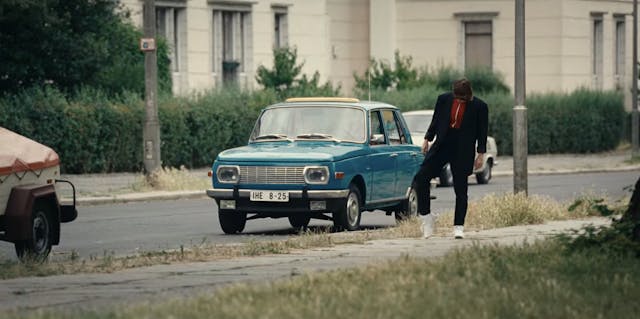
Kleo, on the other hand, is effortlessly cool, and she doesn’t need to flaunt it. Her car is cute but pragmatic: a boxy blue 1977 Wartburg 353 W De Luxe. The Wartburg was a German car manufactured in East Berlin, and here it is a symbol of Kleo’s abiding loyalty to the East. (Kleo won’t even fly Air Berlin because it’s an American company.) The car was popular with government workers and frequently driven by the German Democratic Republic police. It’s much easier to blend in driving a Wartburg in Germany than in a Mustang, making it sensible for espionage and revenge missions. Kleo is practical, not vain.
Weirdly, because of the planned economy and limited production capacity, a Wartburg was probably harder to acquire than a Mustang in Germany—private owners could wait over a decade. But with her high-ranking position and a grandfather who was a Stasi Colonel-General, Kleo likely had no trouble sourcing hers.
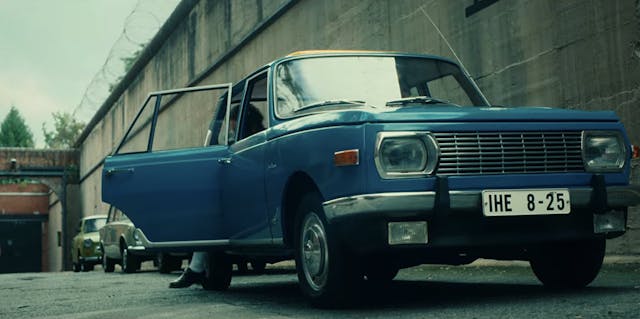
The Wartburg is a simple car with a two-stroke, three-cylinder engine. Though, as the “De Luxe” designation suggests, Kleo’s car is the slightly cushier version, boasting a two-tone horn, more trim, and a more luxurious interior. The Trabant, for context, had an undersized engine that couldn’t propel it much faster than 60 mph. Like the Trabant, the Wartburg became an iconic Soviet-Bloc car, but the latter was roomier, more practical, and faster; it could reach speeds of about 95 mph. Like Kleo, the Wartburg isn’t showy, but it gets the job done.


Though the Mustang and the Wartburg get the most screen time, there’s a wealth of colorful cars throughout Kleo. The eccentric, terrifying Uwe (Vincent Redetzki), one of Kleo’s many frenemies, drives a red 1981 Volkswagen Golf MkI, the Beetle’s successor. And when Kleo journeys to Chile, she rents a yellow Peugeot 405, which sees some action when she is pursued by an assassin in a blue Nissan Patrol. (The show’s primary color palette of yellows, reds, and blues is reflected even in the cars.)
Kleo is essentially an exhibition of typical cars from the Eastern Bloc, featuring not only the Wartburg and several Trabants but vehicles like IFA, GAZ, Škoda, and Lada. In the second episode, Kleo kidnaps a government official to gain entry into Stasi HQ and commandeers her blue 1986 Lada 1600. Its inclusion here might even be a wink to another spy story set just as the Berlin Wall was about to fall; in Atomic Blonde, Charlize Theron’s character Lorraine actually drives an ’86 Lada 1600 cop car during a chase. A Soviet tank called a BMP-1 even makes a cameo in Kleo’s fourth episode.
Kleo was released on Netflix without much fanfare and has tragically gone under the radar thus far. Though it evokes everything from Killing Eve and Kill Bill (Kleo’s tracksuits aren’t faithful to the time period, but they’re an homage to Beatrix Kiddo) to Alexandre Dumas’s The Count of Monte Cristo, Kleo stands on its own as a solid spy thriller, a great show for both fans of the genre and anyone who loves American and foreign cars alike. (Historians may also dig it, if they don’t mind that the show takes a little creative license with German history.) Thanks to its immaculate production design, the show just plain looks good, and its candy-colored cast of cars is no exception. Netflix has renewed Kleo for season 2, which hopefully means that the next chapter in Kleo’s story will serve up more beautiful automotive curiosities and classics in our near future.
Check out the Hagerty Media homepage so you don’t miss a single story, or better yet, bookmark it.

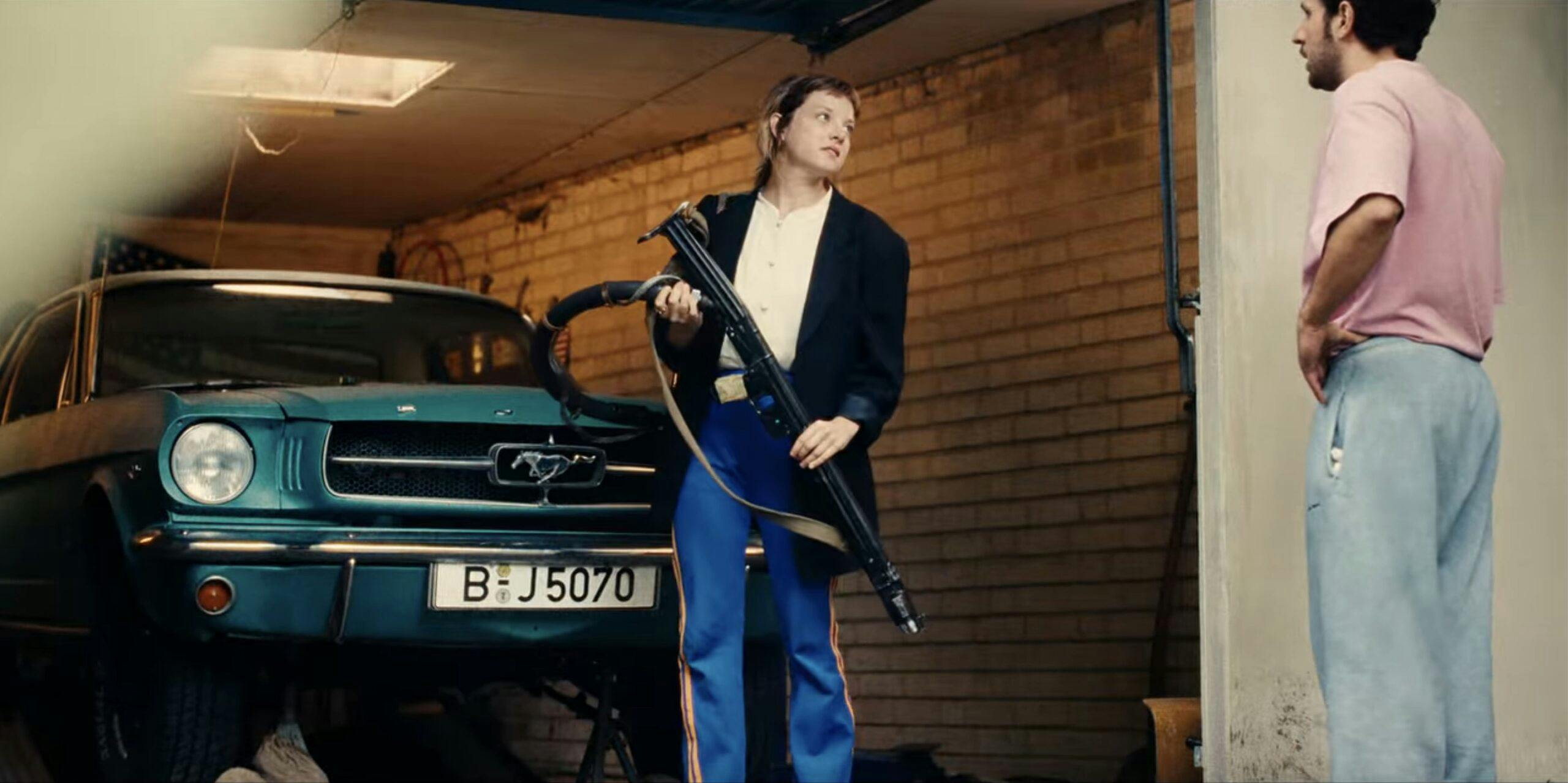
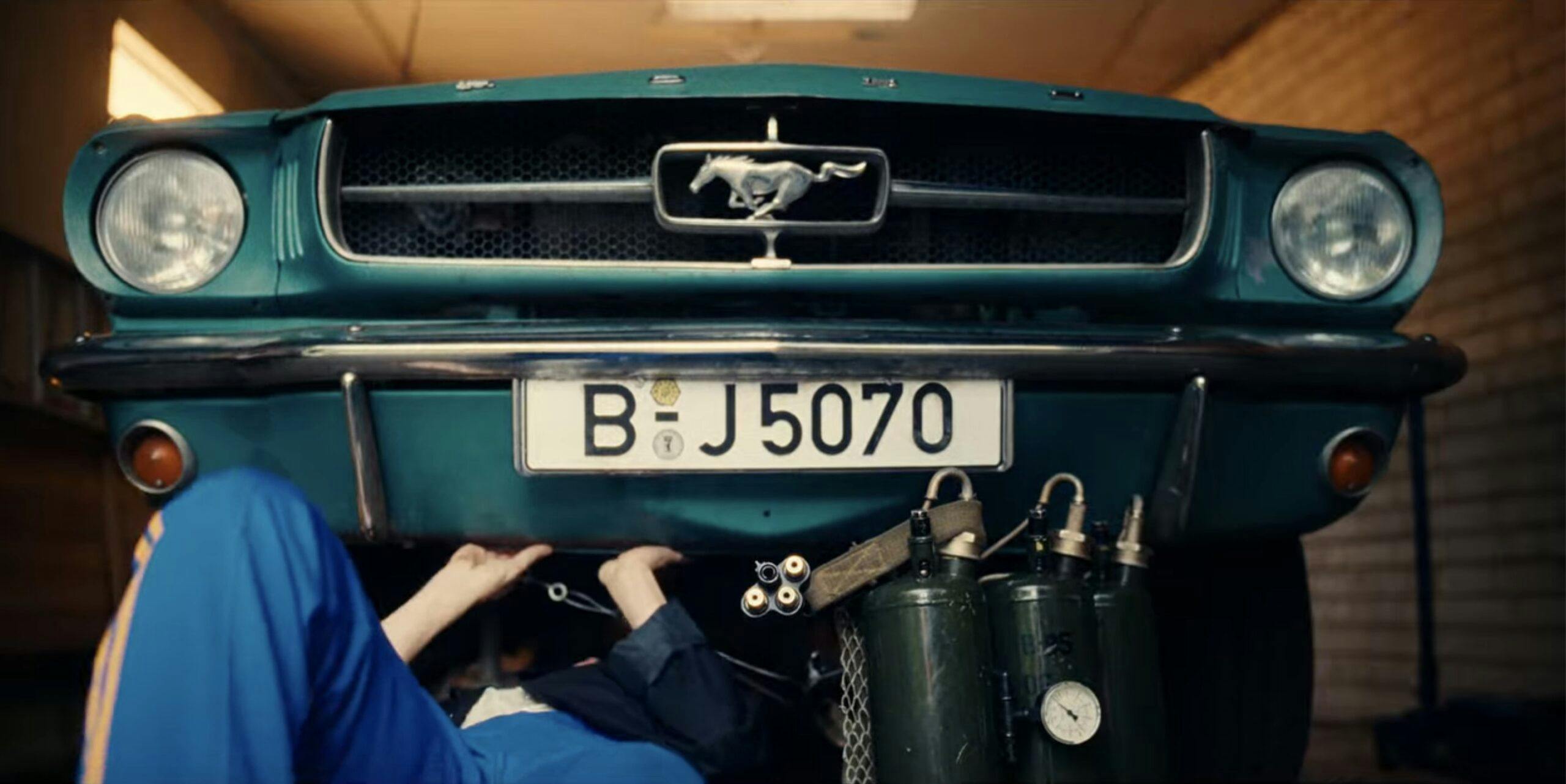


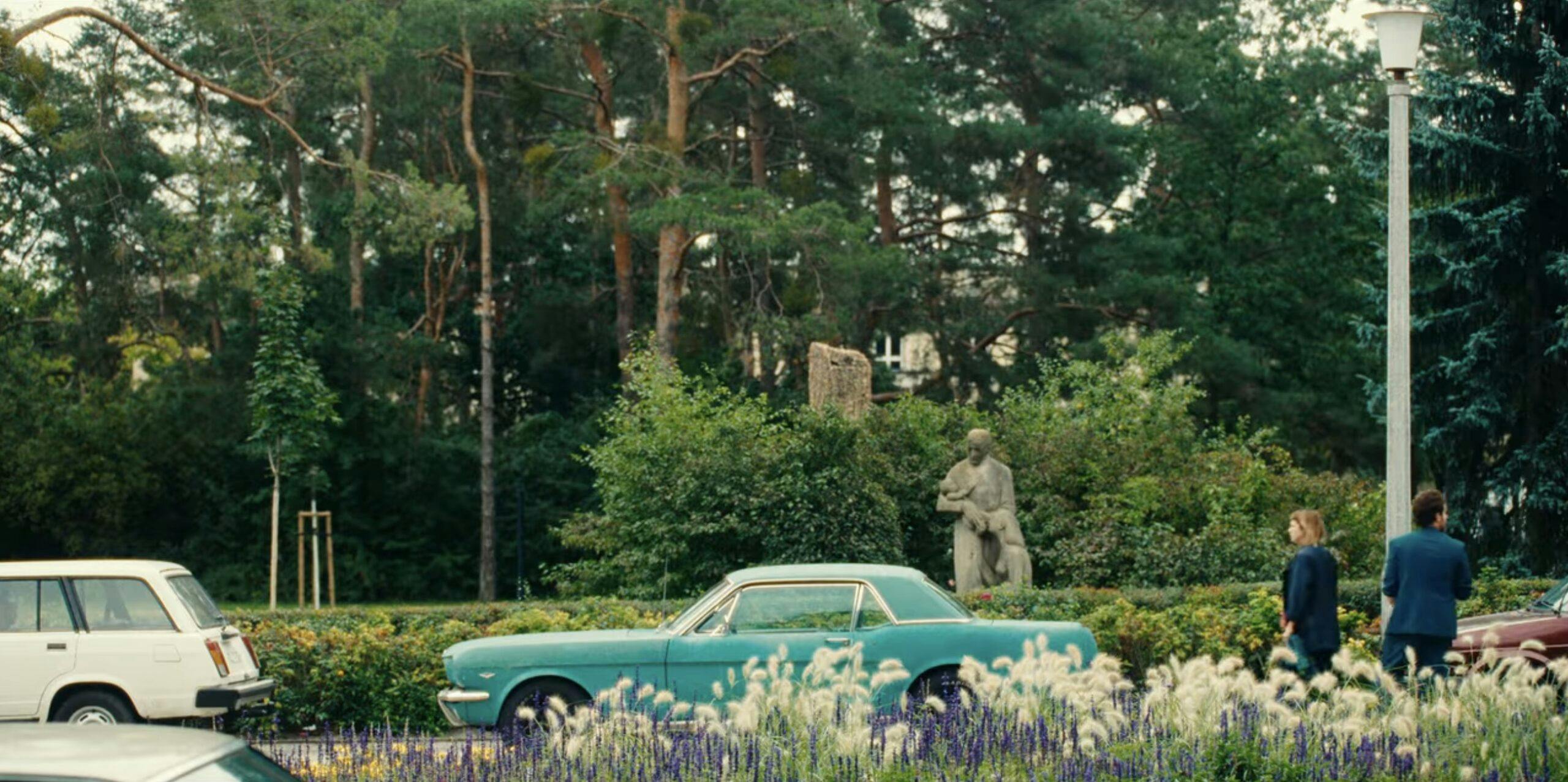
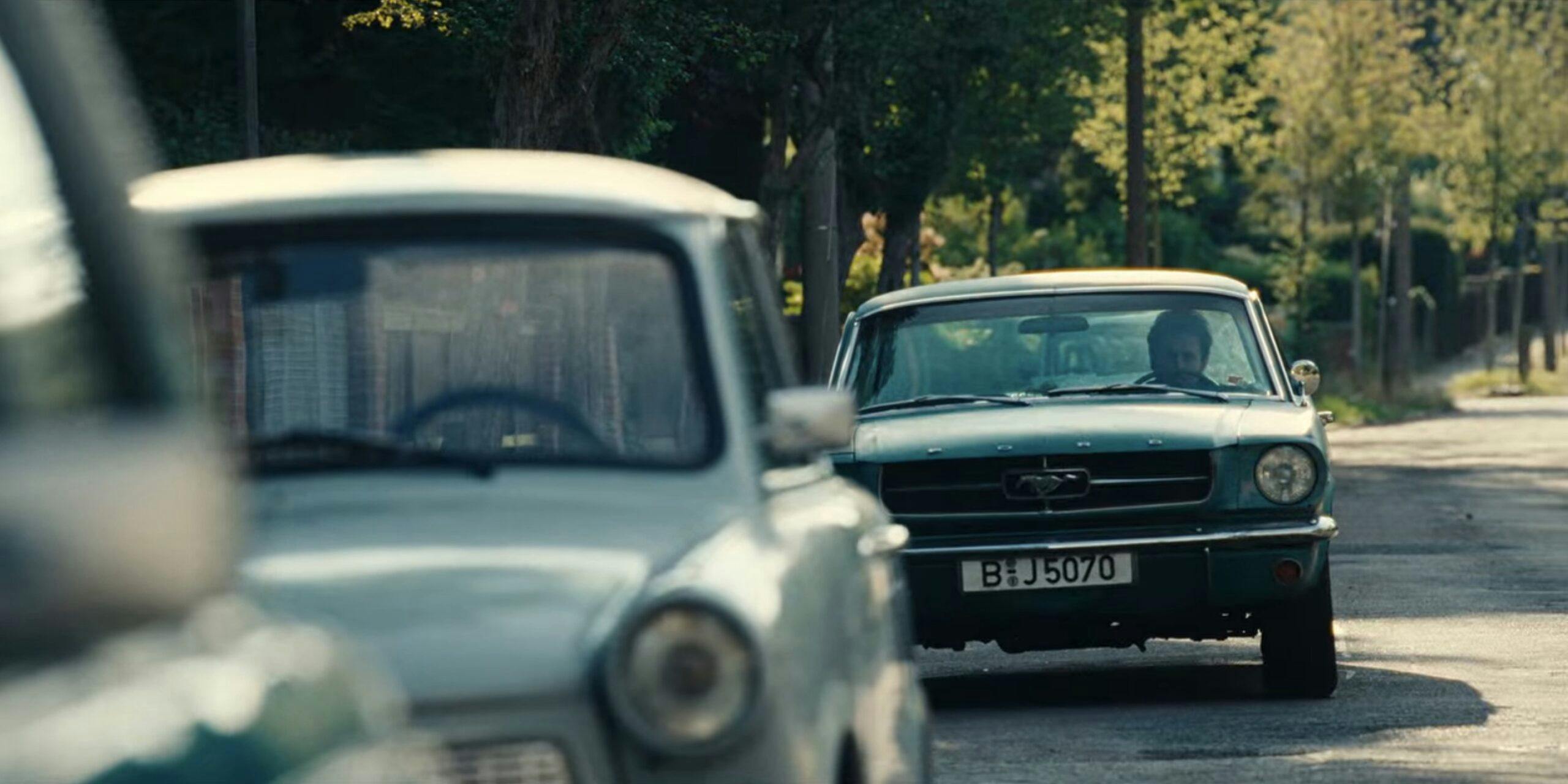
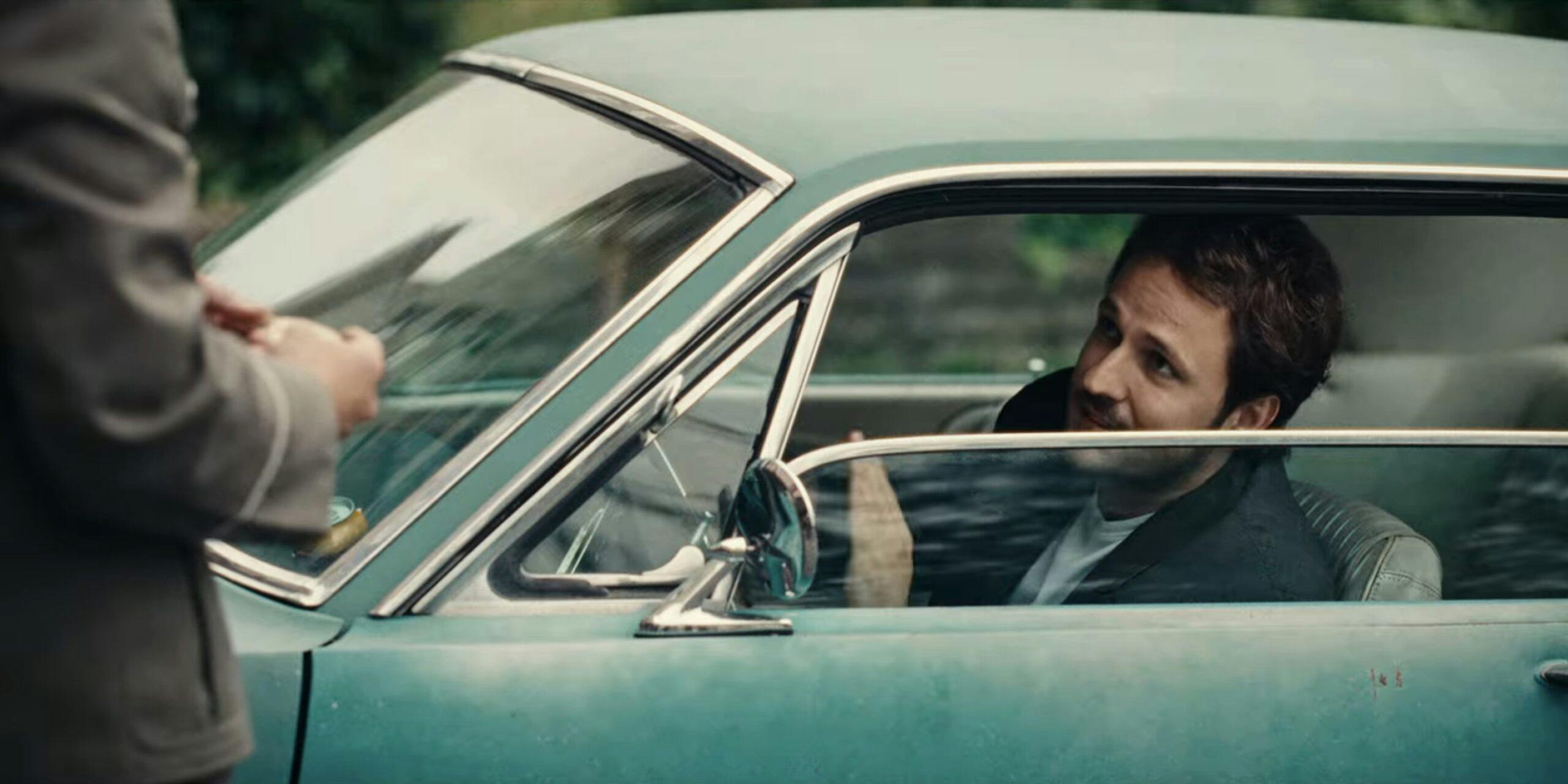
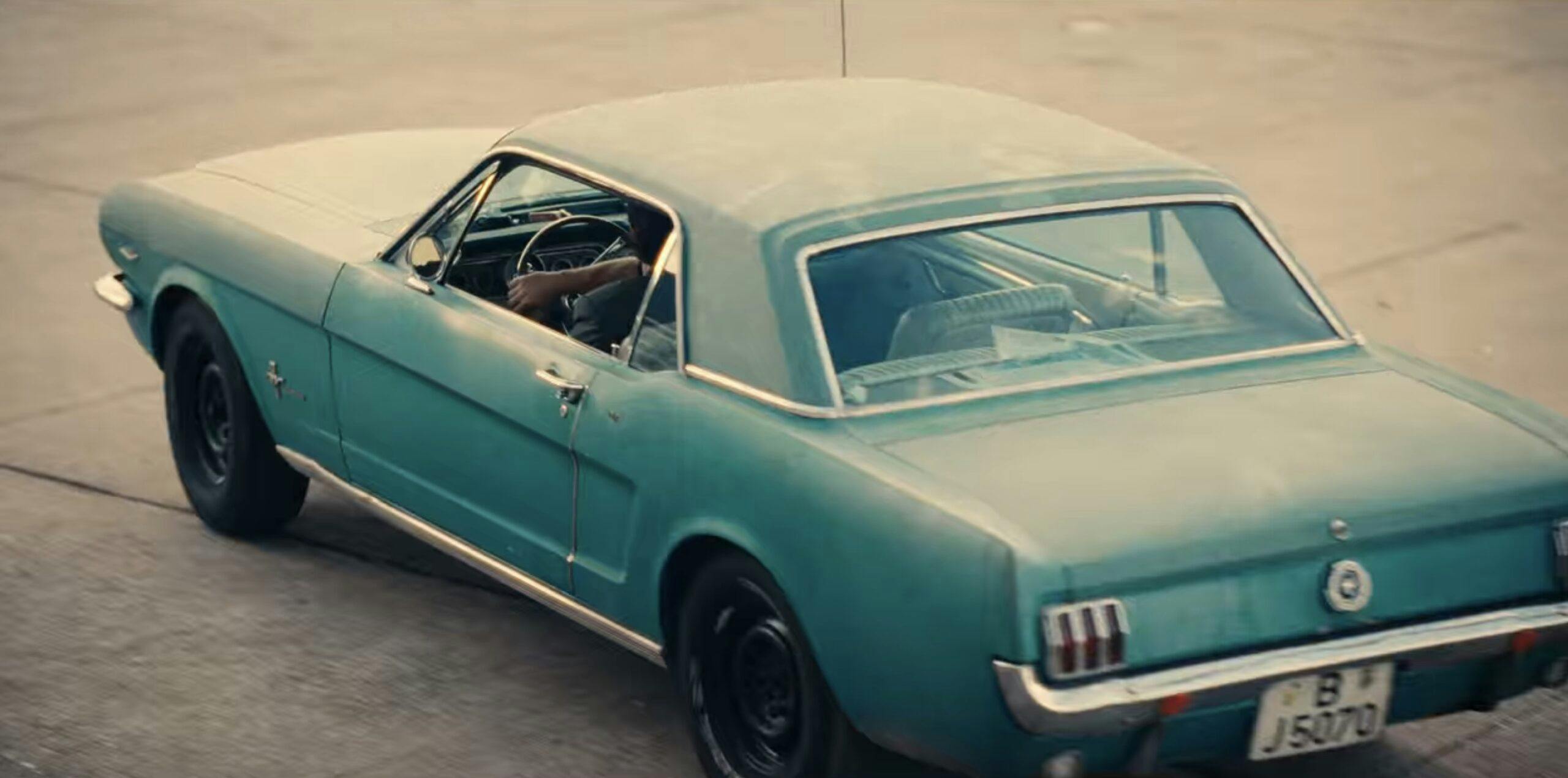

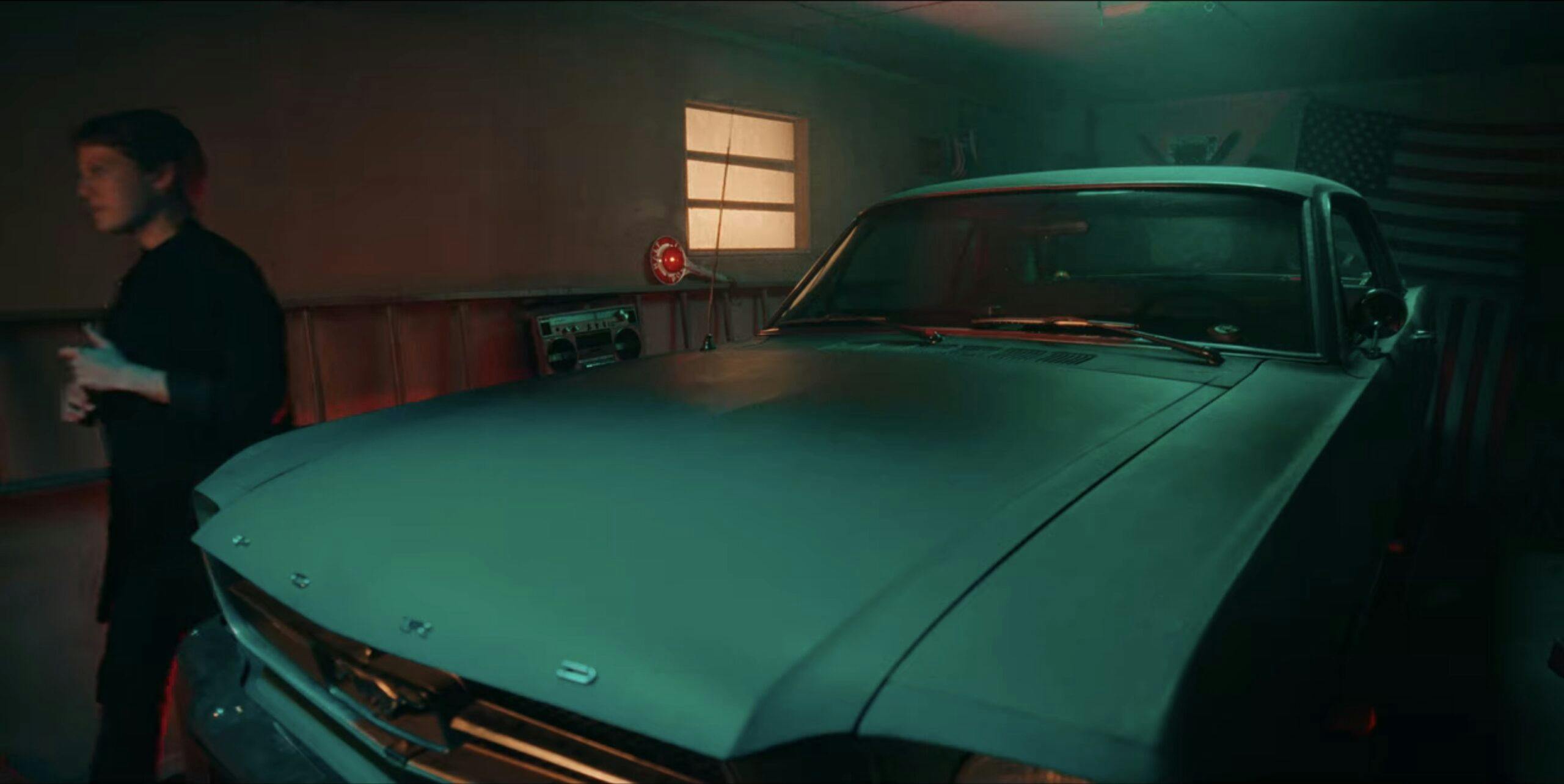

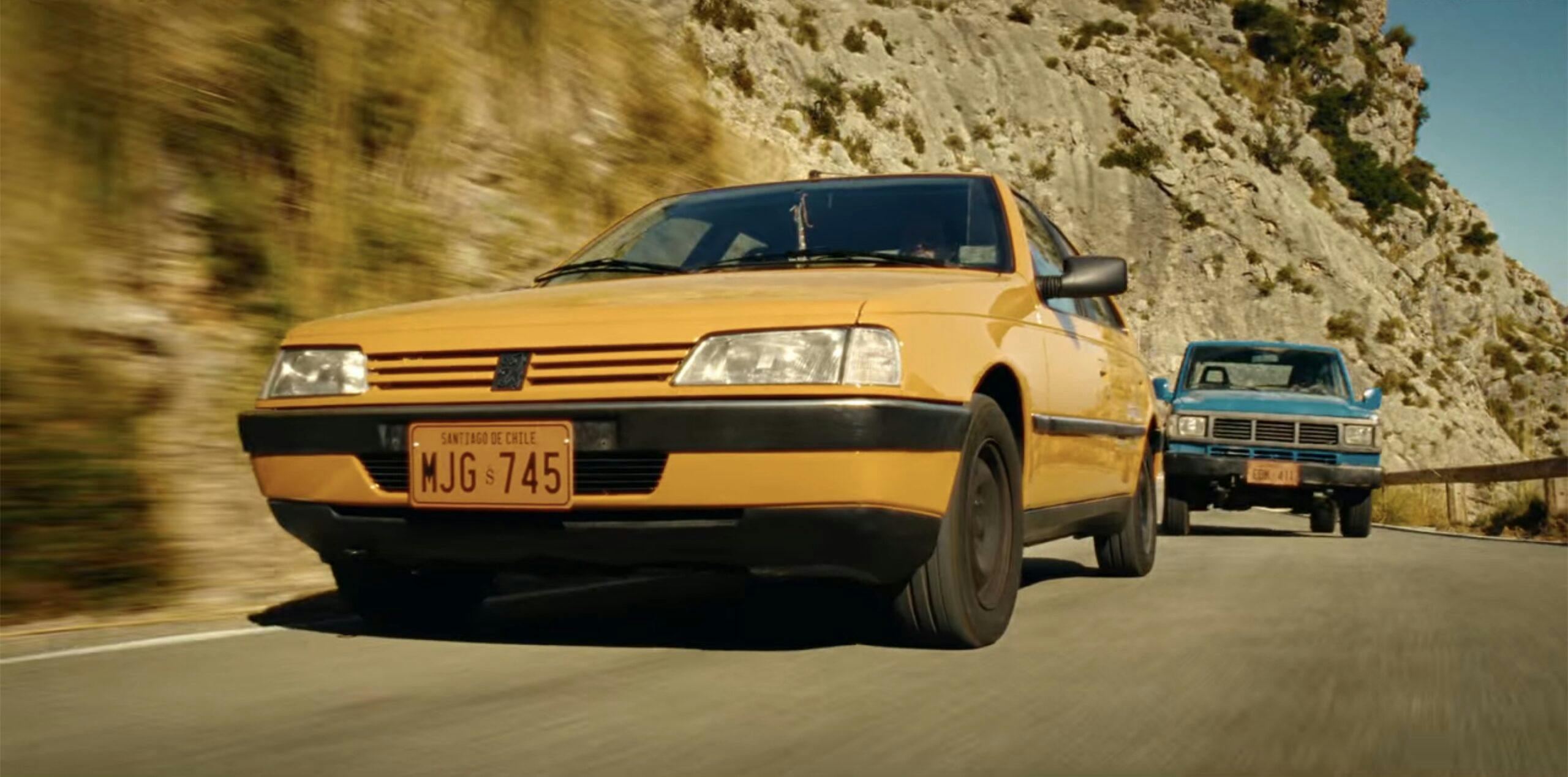
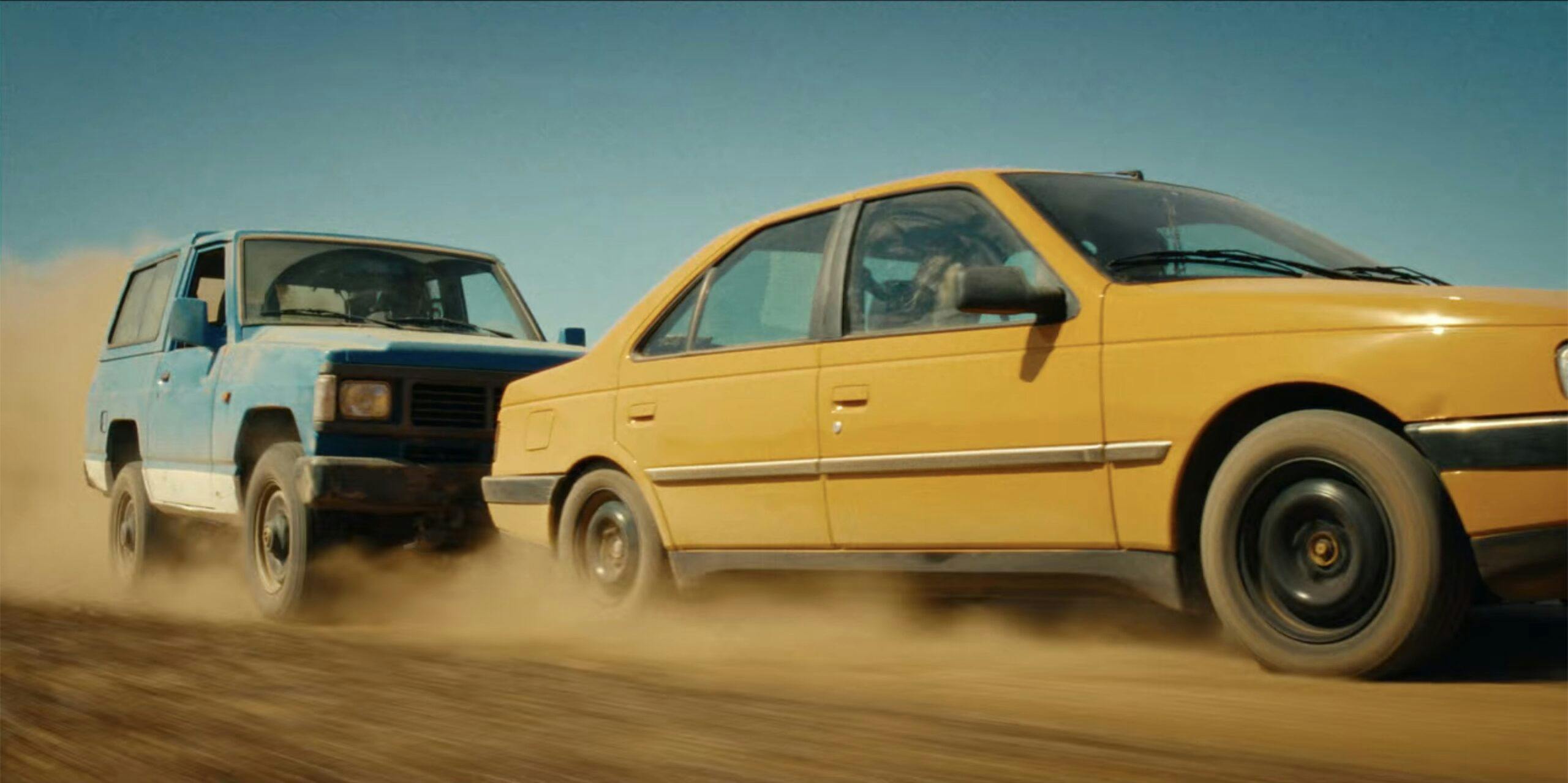
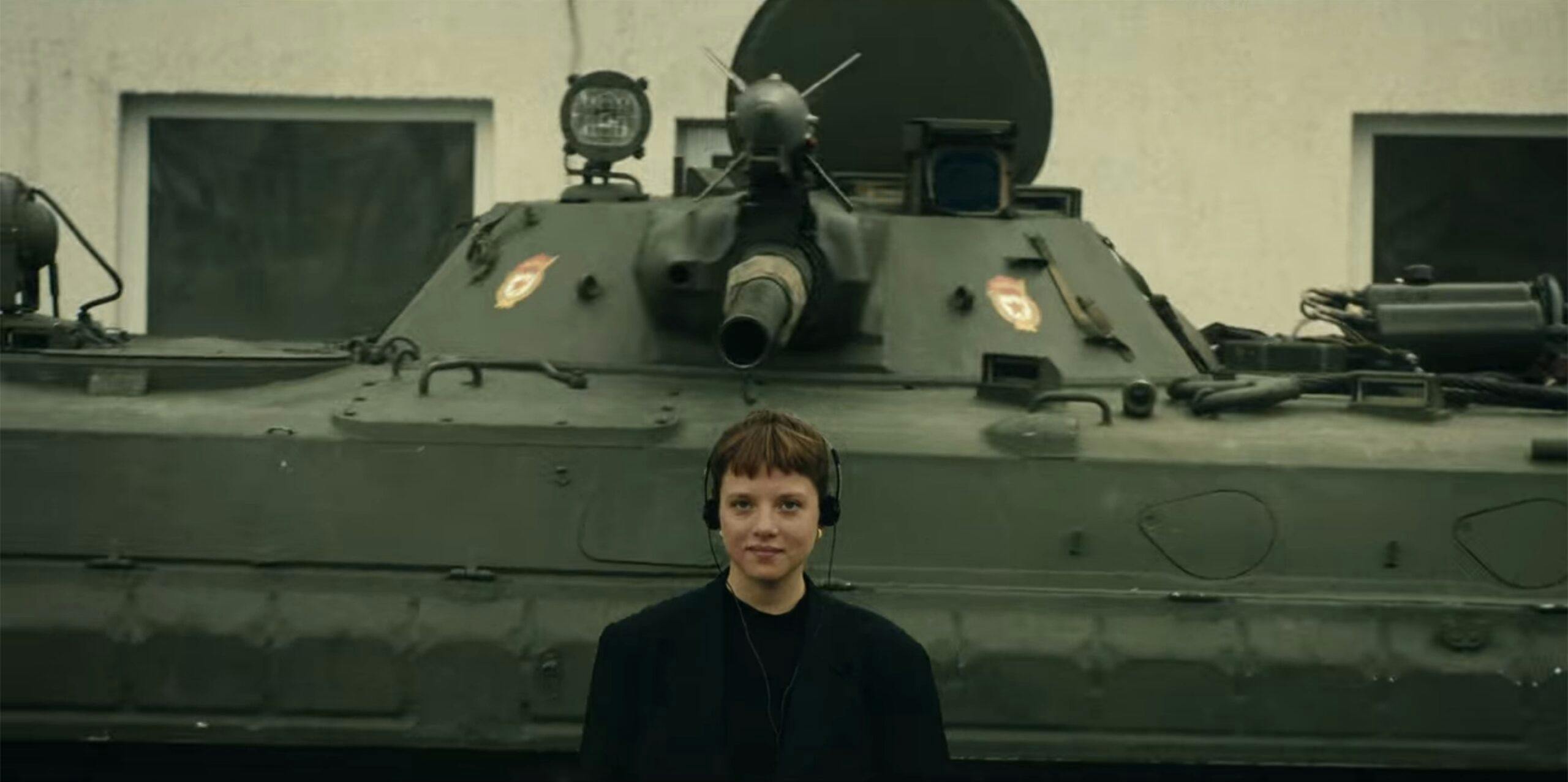
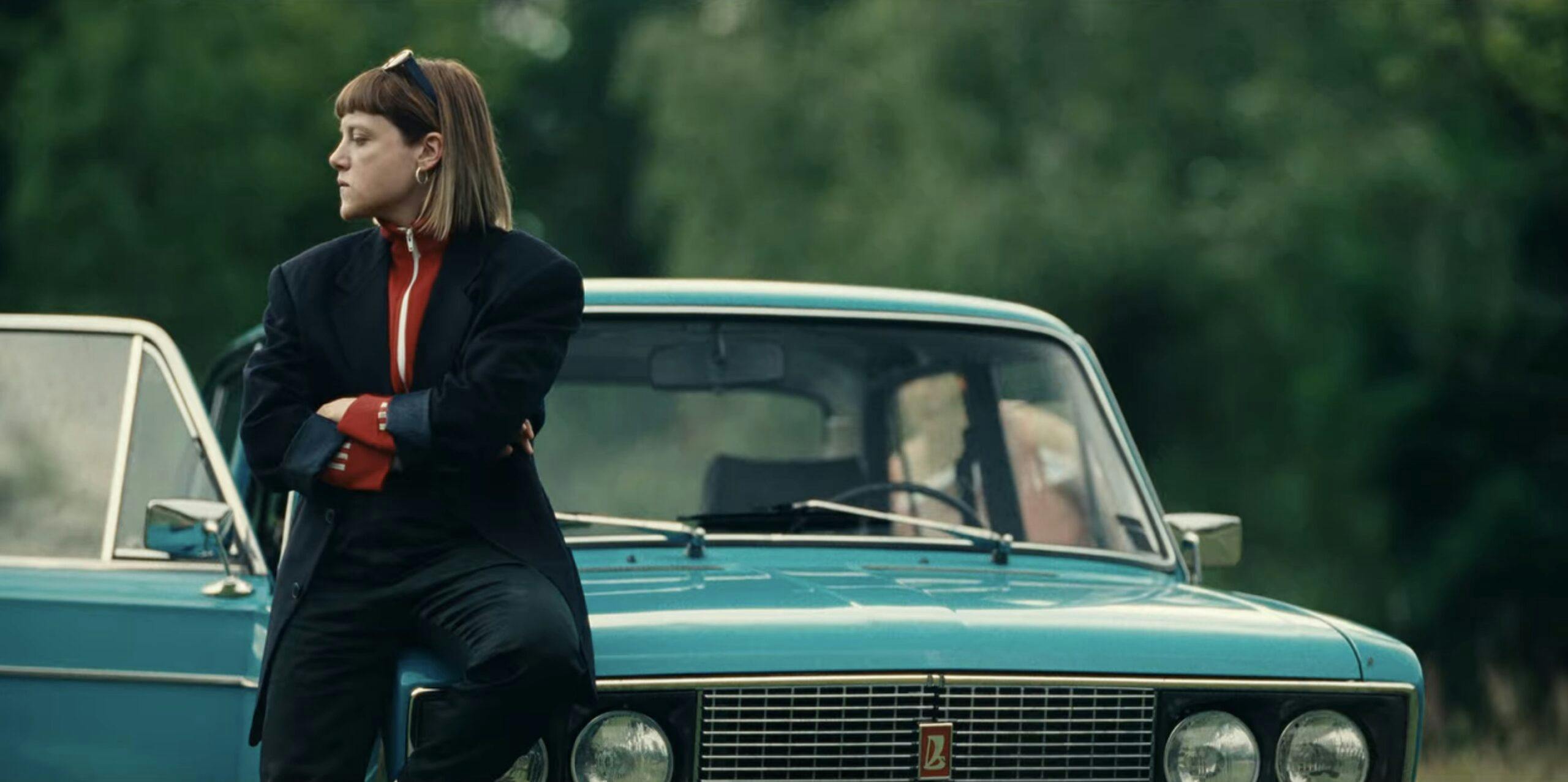
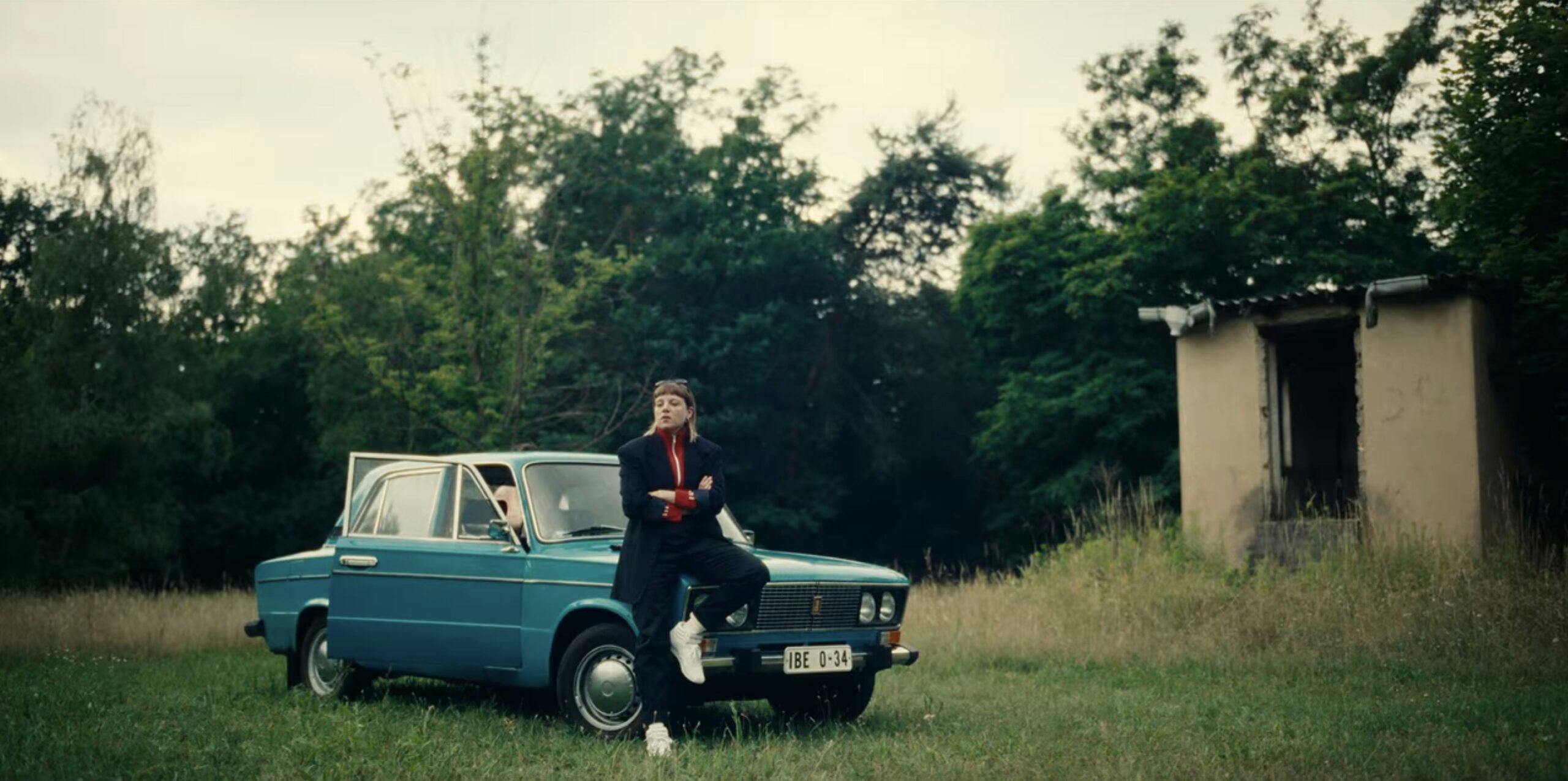
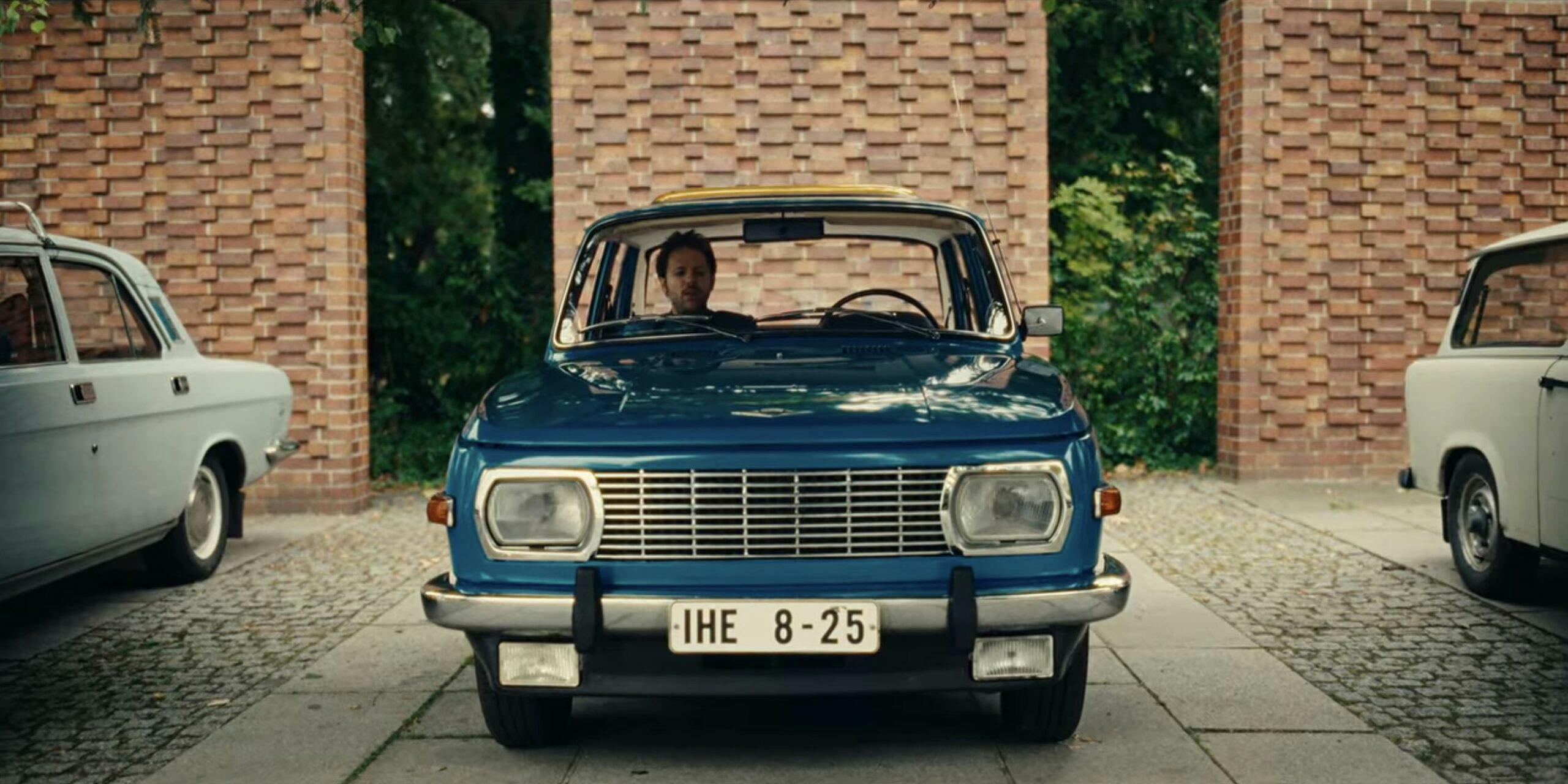
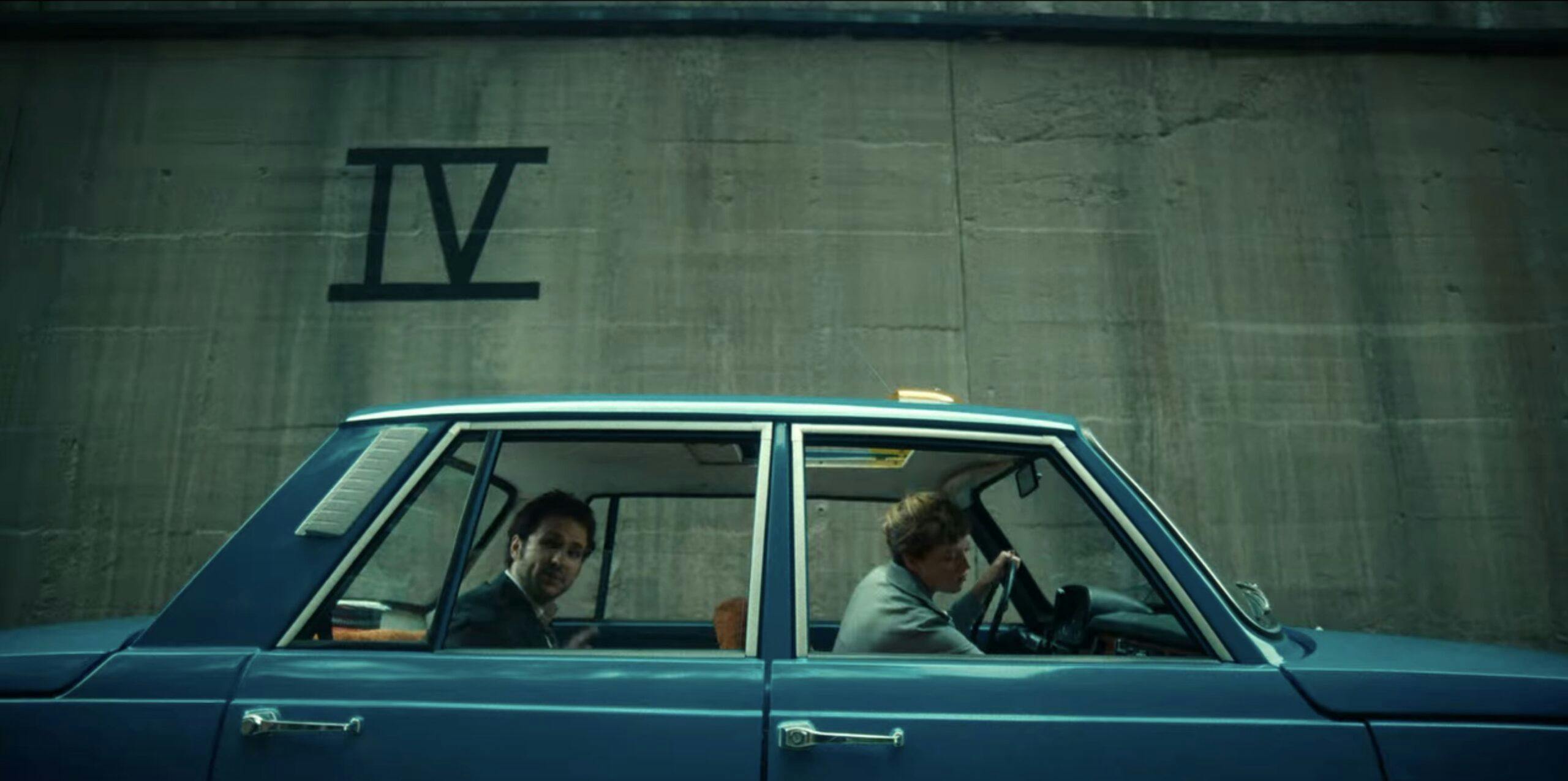
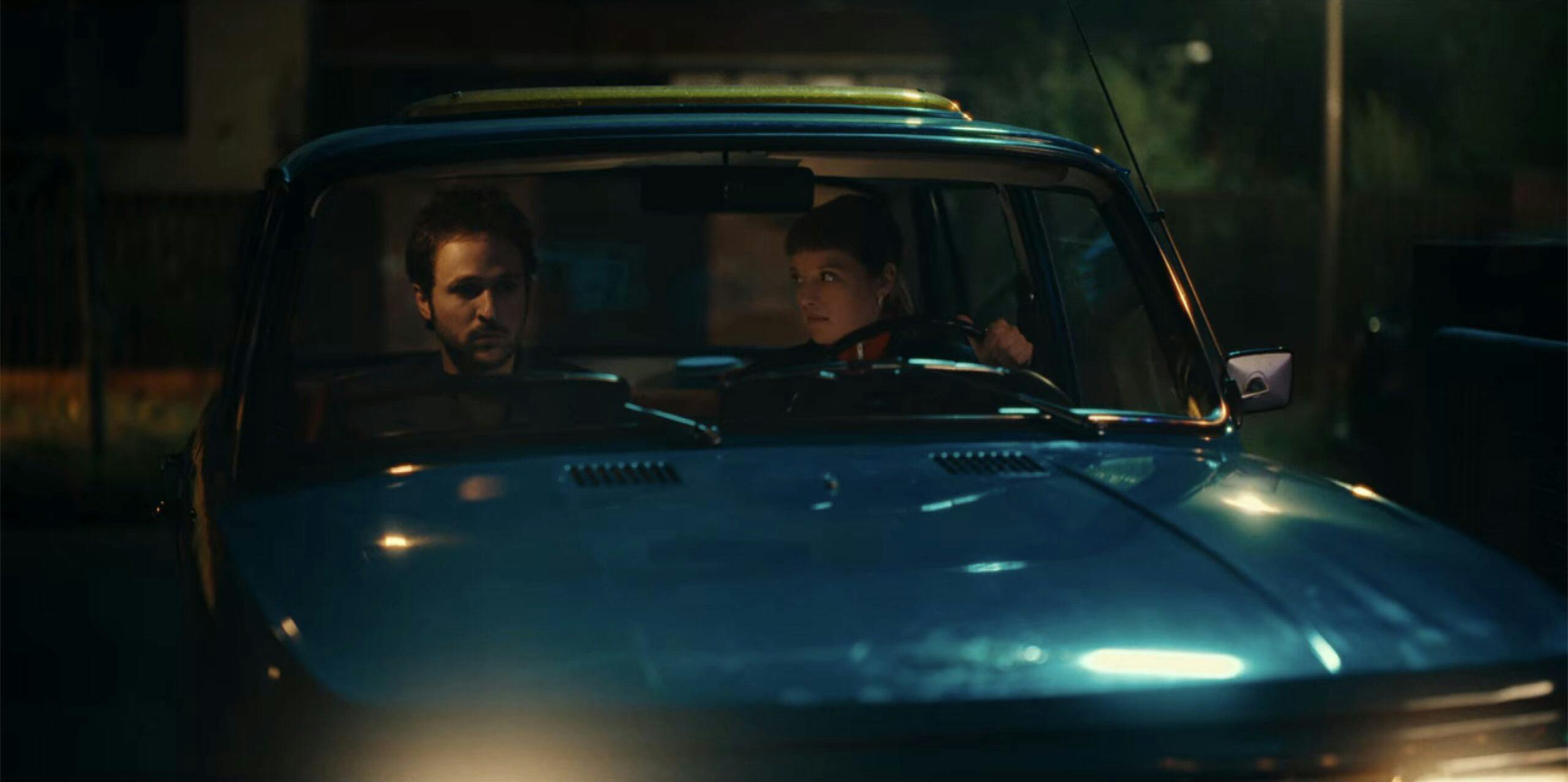
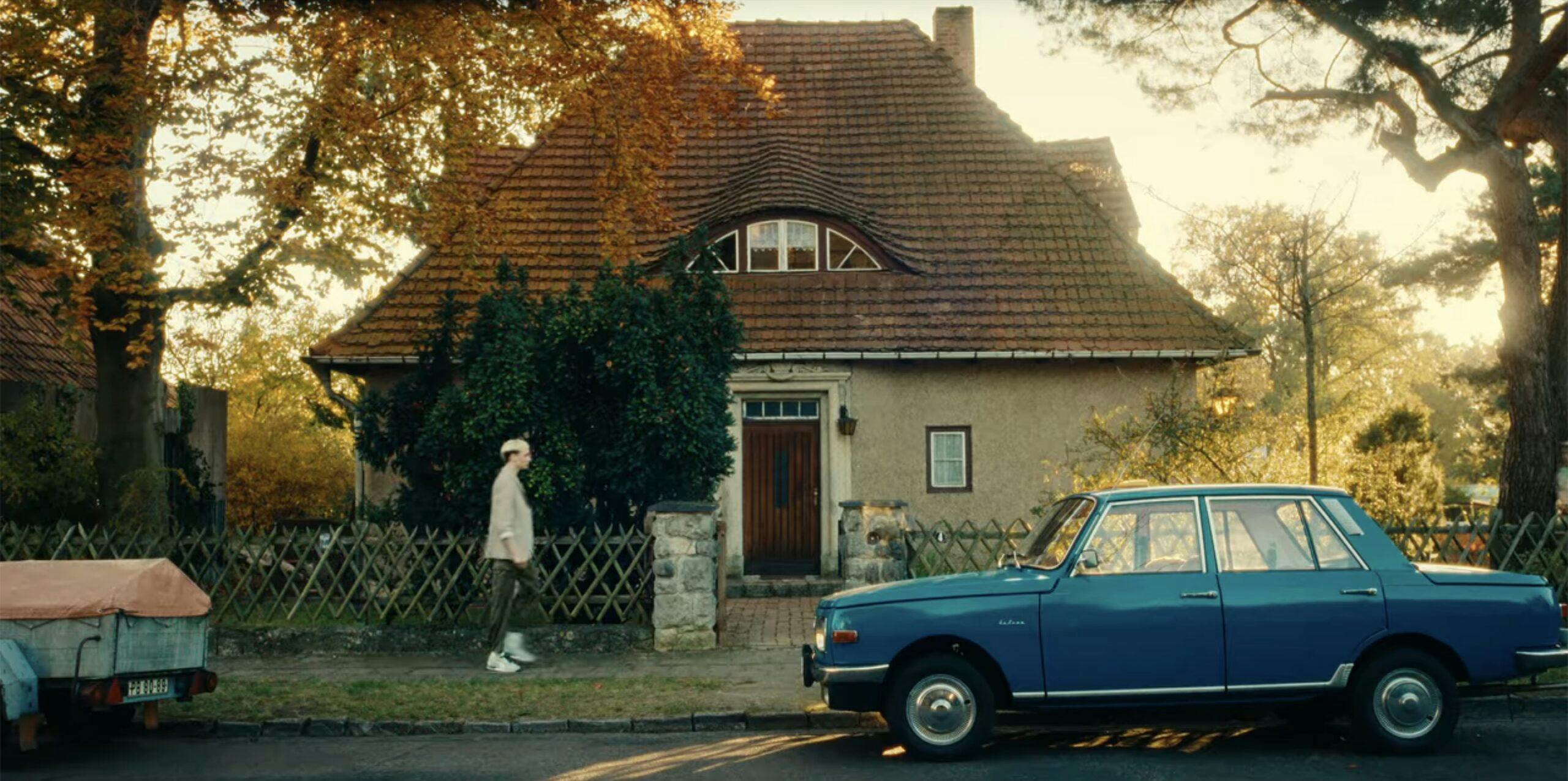

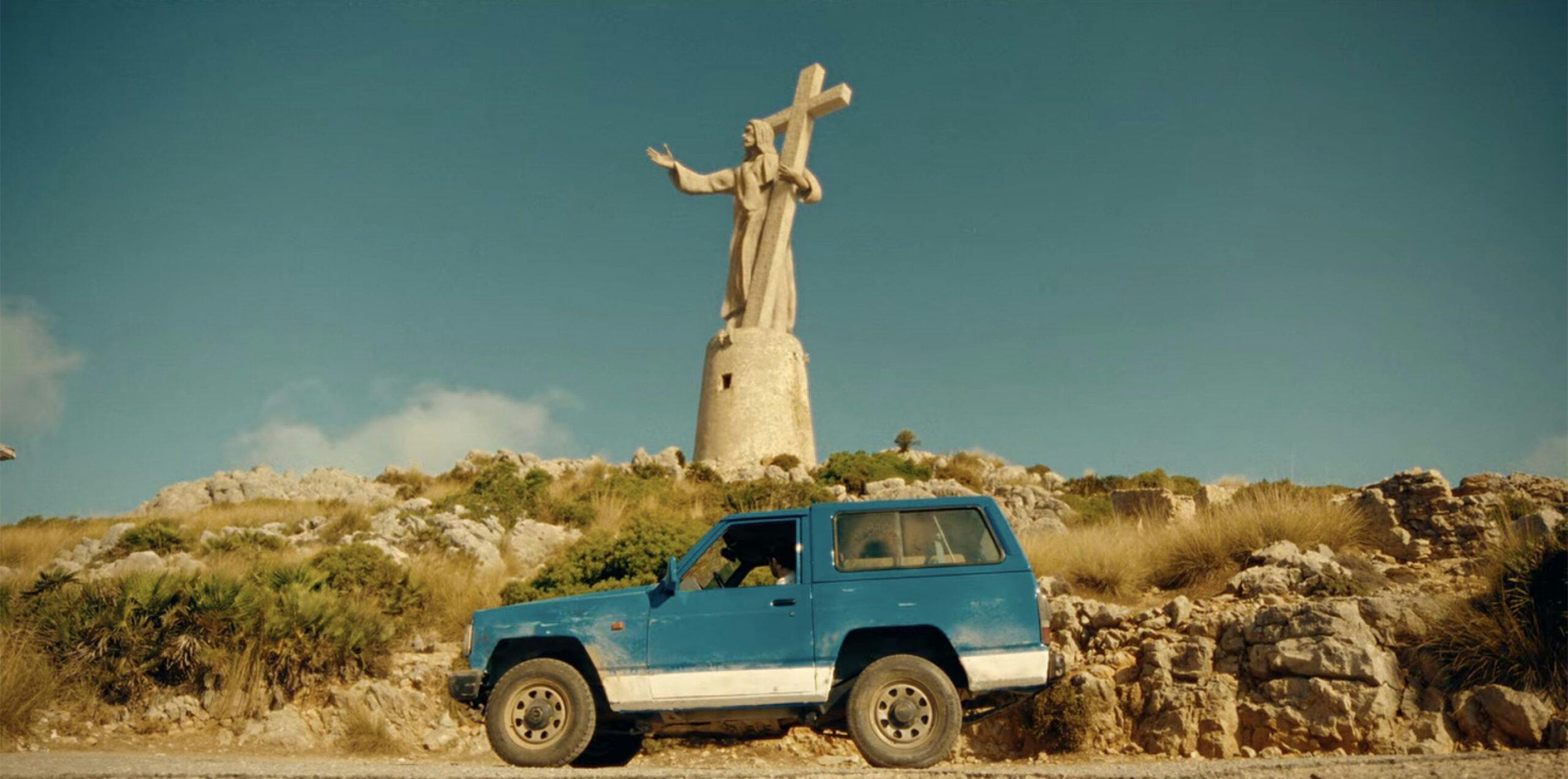
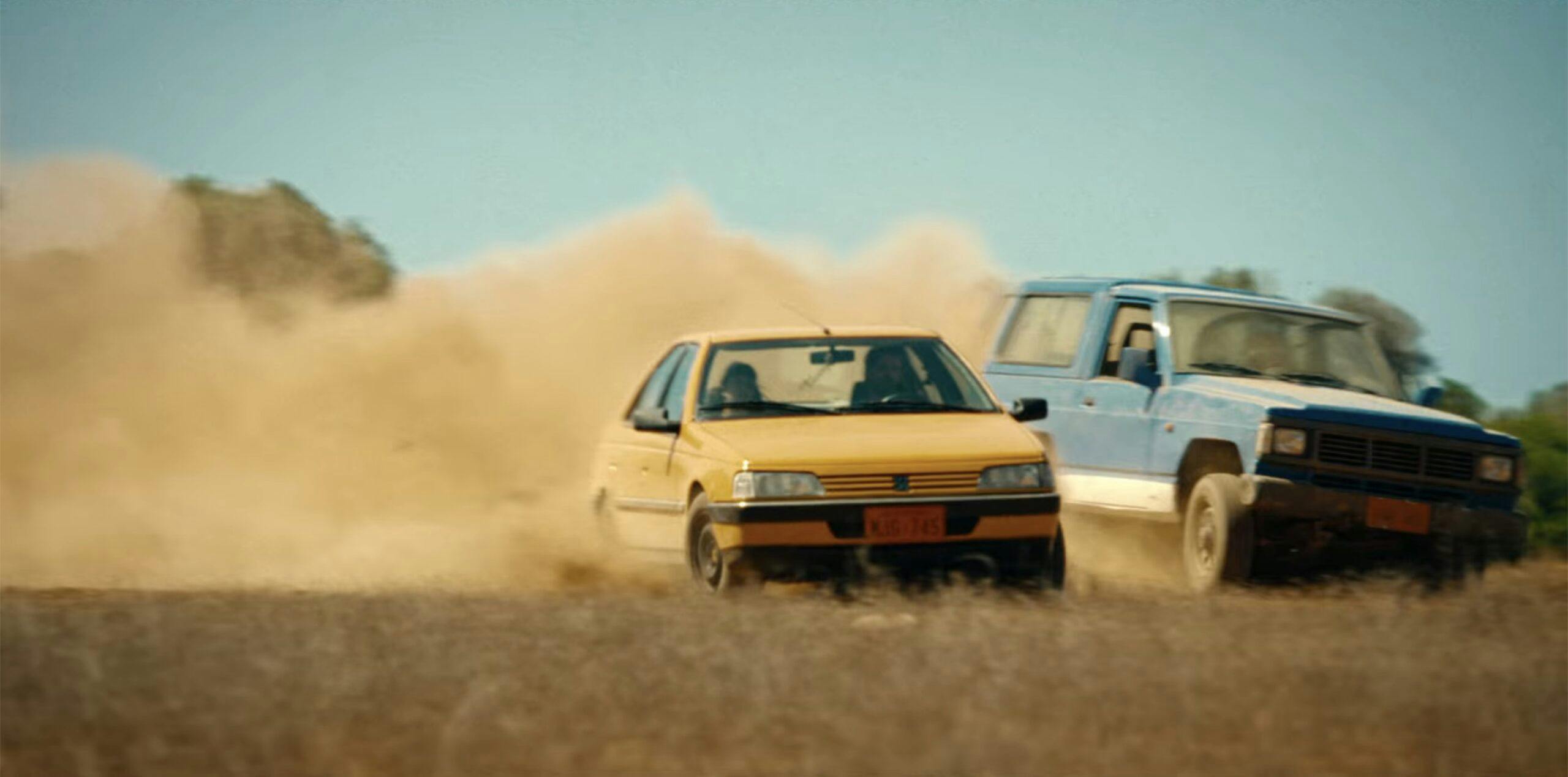
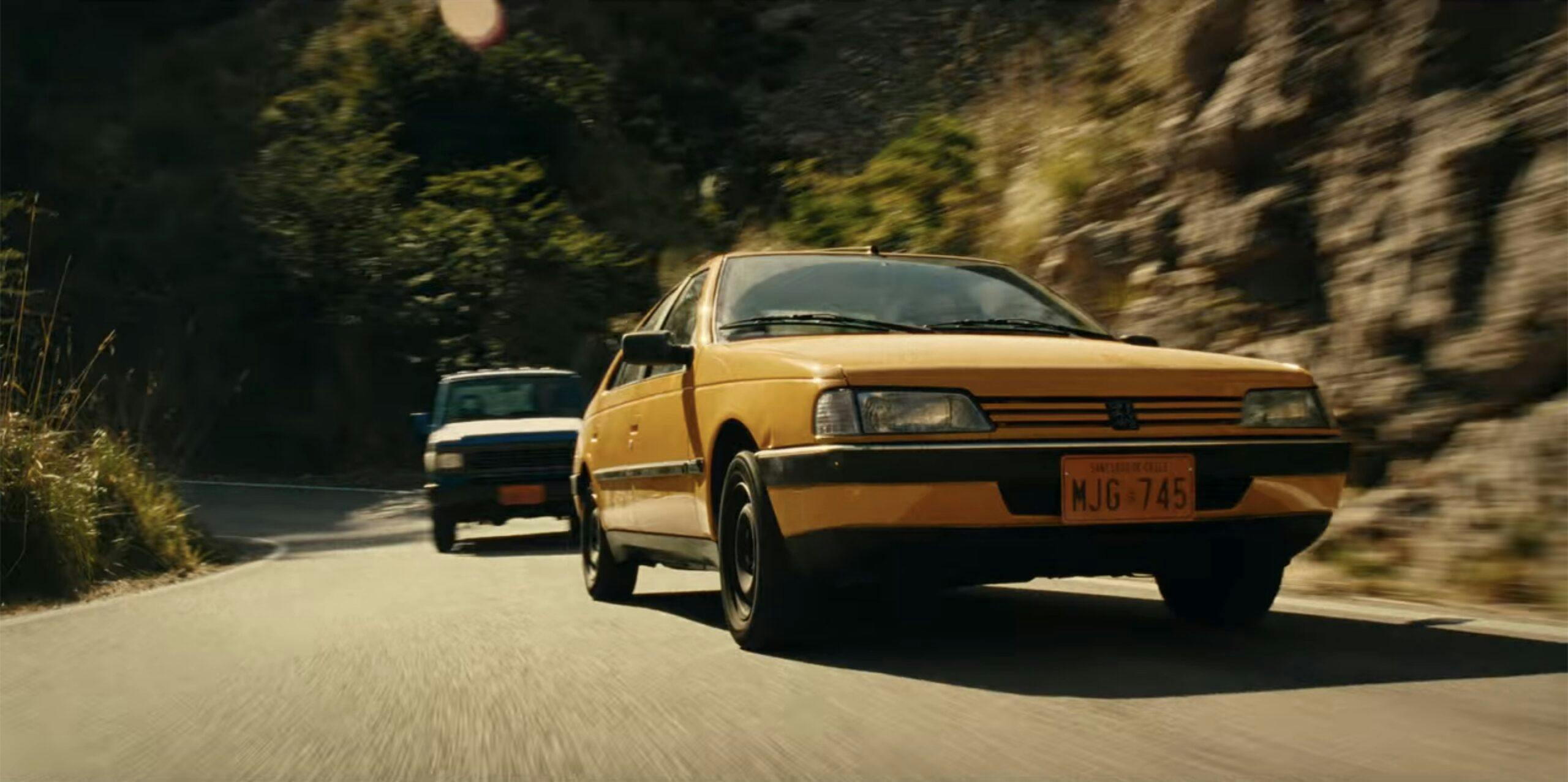


Hi. Love the show and the breakdown of cars and their history. The VW Golf is Frederick’s (Sven’s friend and coworker). Uwe’s car is a Lada Niva.
What about the taxicab in Chile? (Episode 8, 04:19)
I’m on a quest to determine what this is!